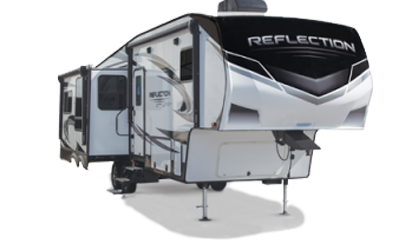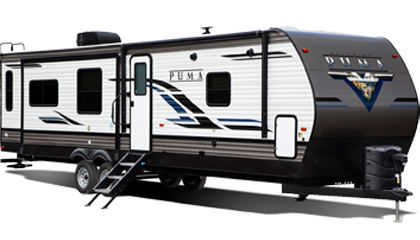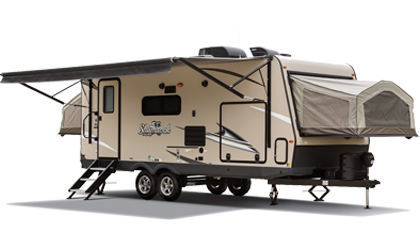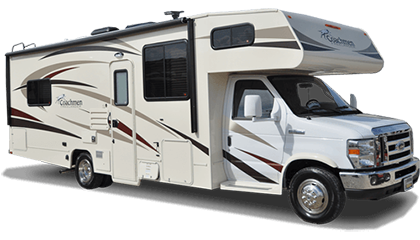Use These Tricks to Maintain Your RV’s Tires
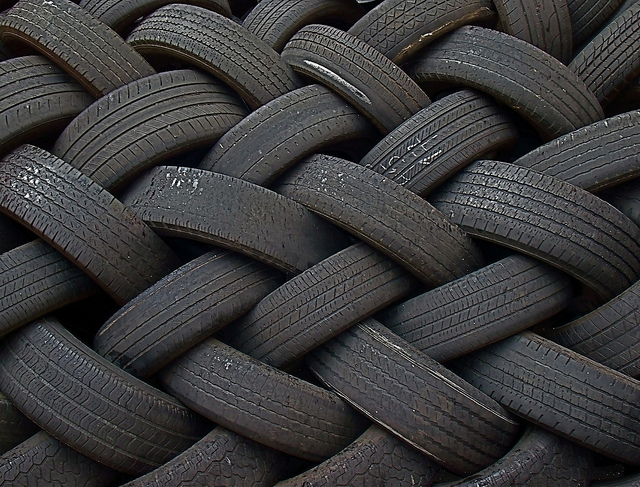
Remember your first car? Even though it was a rattling box of junk, you took great care of it. You polished it every weekend, changed its oil frequently (even though it leaked most of it out) and even put some new tires on when the old ones were looking worse for wear.
Same goes with your RV. There’s only a few points where your RV touches the ground, and each of them are made of tough rubber that can wear out quickly. Your RV’s tires are like sneakers: they need to have some life left in them in order to make it to your destination safely.
Here’s what RVers need to know about safe tire maintenance.
NEW DOESN’T ALWAYS MEAN GOOD
Chances are, your RV sat in the lot for quite a while before it was sold to you. It might have even been a used RV.
If you look at RVs that haven’t moved for years, they all have one thing in common: their tires are trashed. Extended periods of downtime is awful for tires. Heavy trailers sitting idly for long periods of time only yield warped, useless tires.
While most dealers keep tires well-maintained throughout the time they spend at the dealer, not all of them do. It’s especially important to check on the health of used RV tires.
During the off season, keep your RV’s tires healthy by taking as much weight off of it as you can, move it at least once every three months and inflate the tires 25 percent more than you normally would. These tactics can help your tires stay fresh for longer.
FOLLOW MANUFACTURER’S RECOMMENDATIONS
The people who made your tires know best how to maintain them. Whatever issue you’re experiencing, they’ve been through it before.
Goodyear Tires recommends that tires be replaced if:
-
There is evidence of sidewall cracking more than 2/32” deep
-
Internal components of the tire (steel or fabric) are visible
-
The depth of tread is less than 6/32”
-
There are signs of abuse (deep scuffs, cuts, etc.)
Chances are, your RV tire manufacturer has their own recommendations on this, too. Check with their website to find out more.
If you’re unsure of the age of the tires on your RV, you don’t have to guess: they’re right on the tire. According to Michelin, the DOT code stamped on your tire’s sidewall can decipher this problem. The code begins with the letters “DOT,” and then a 12-character code. The ninth and tenth numbers in the code are the week of the year they were manufactured, and the last two numbers are the year.
So, for instance, a DOT code that ends in “1607” means the tire was made around the third week of April in 2007. And an old tire like that is ripe for replacement, no matter how good it might look.
JUST LIKE YOUR TRUCK TIRES
The truck that hauls your trailer deserves as much attention as the trailer itself. While your truck undoubtedly gets more miles than your trailer (since it can be disconnected and used separately), it’s a smart idea to treat your RV tires in the same way you would your truck tires.
Getting your truck tires rotated? Have your trailer tires rotated as well. It’s that easy.
Photo courtesy islandgal

